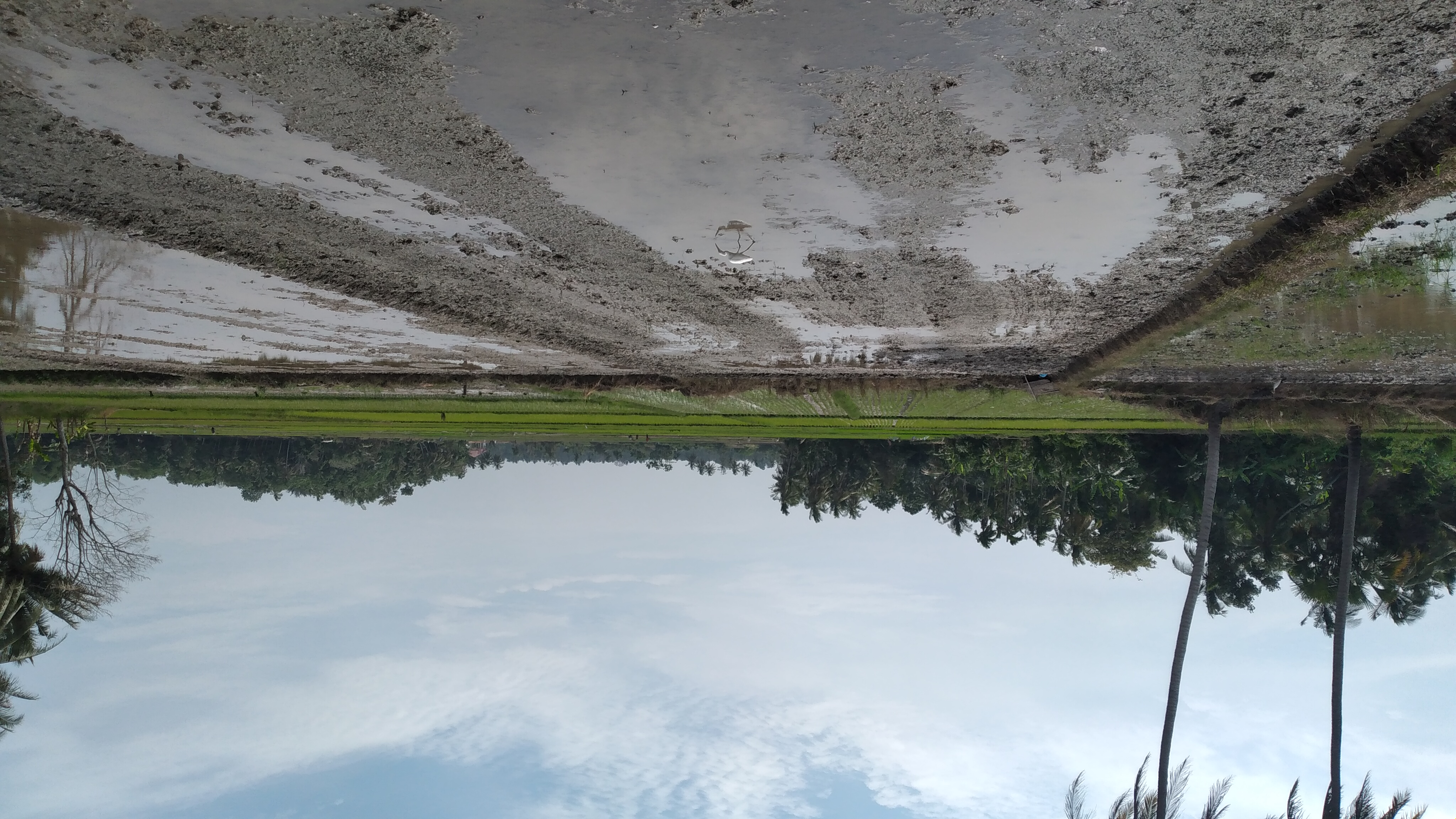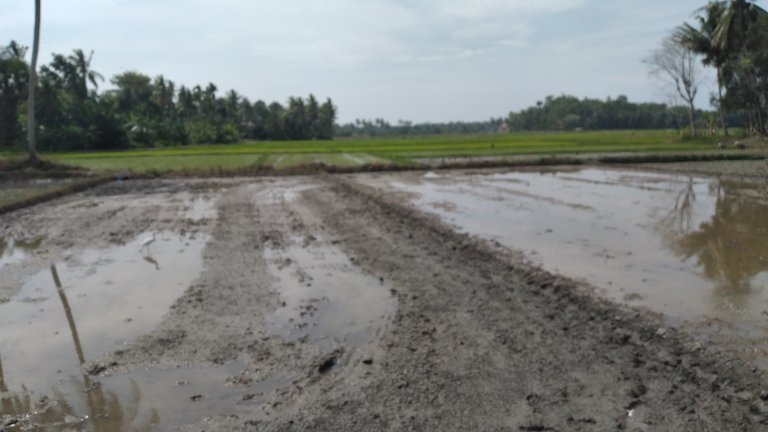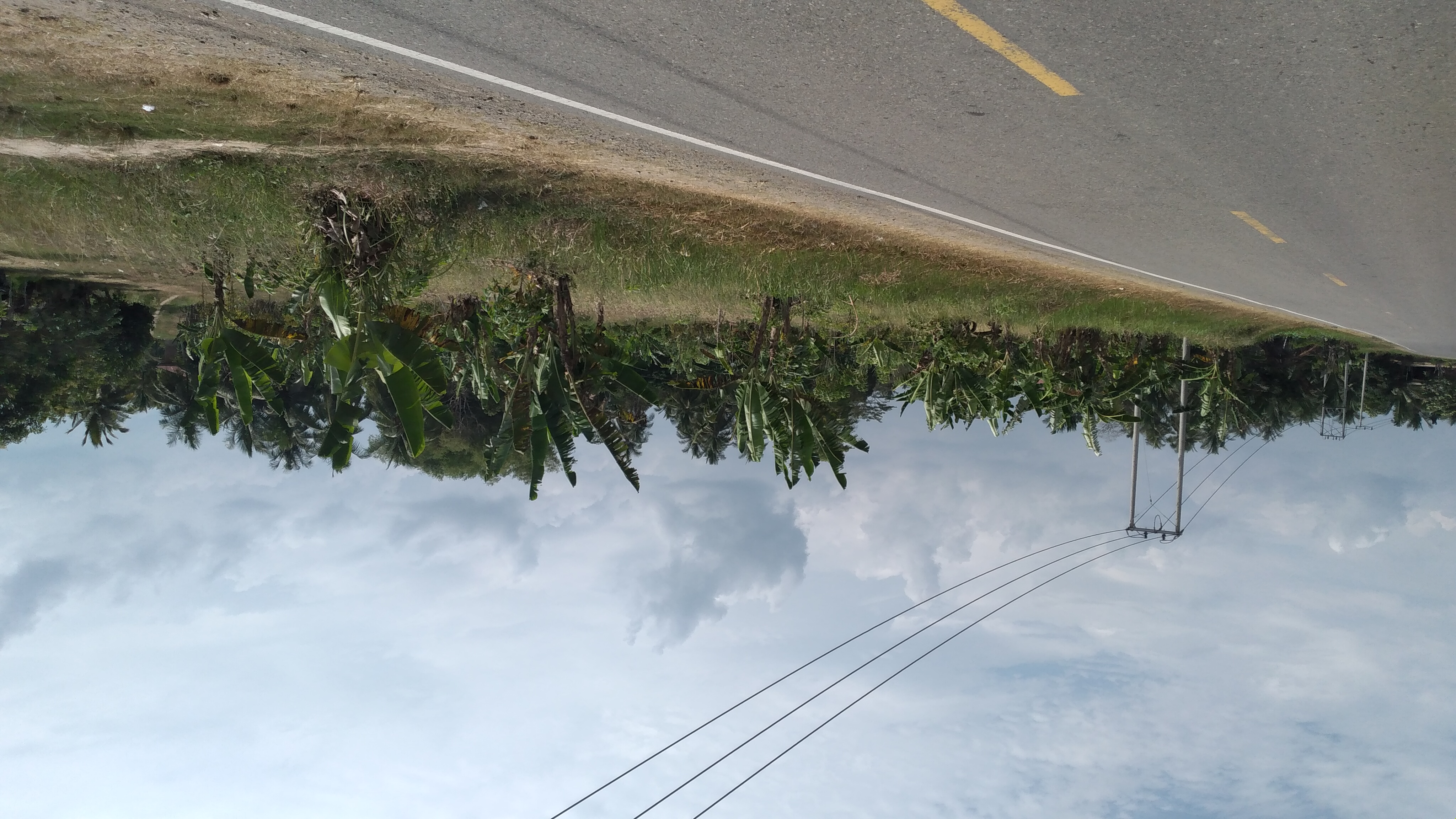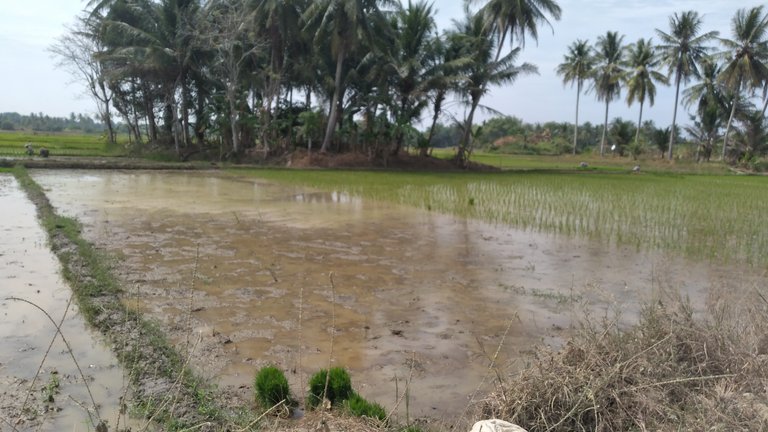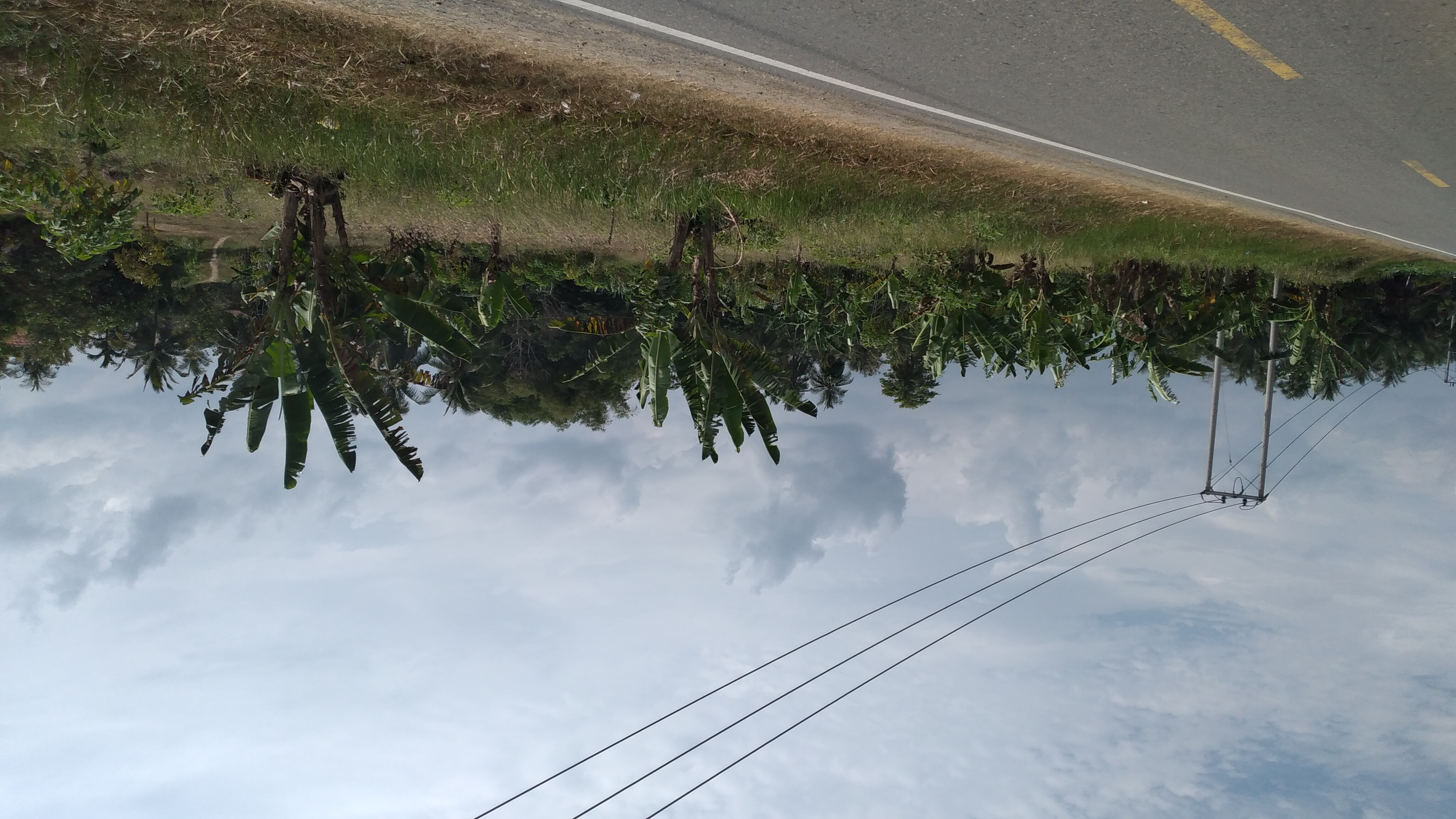
The stages of processing paddy fields in principle include the following activities:
Repair of Embankments/Galengan and Channels
Before land cultivation begins, the Pematang/Galengan must be cleared of grass, repaired, and made high enough. The main function is to hold water during soil processing so that it does not flow out of the plot, because when cultivating the soil, water cannot flow out. The next function is closely related to regulating water needs as long as there are rice plants.
Channels or ditches are repaired and cleaned of grass. This activity aims to facilitate water flow and reduce the number of weed seeds that are carried into the plot. The remaining straw and plant residues in the cultivated fields are cleaned before the land is cultivated.
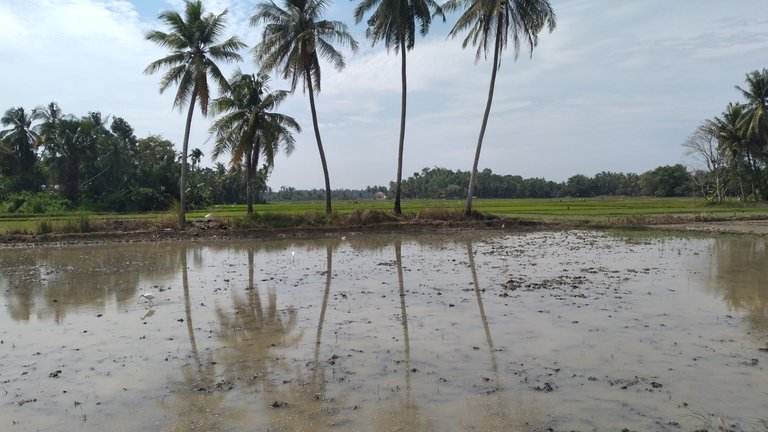
Hoeing
After repairing the Pematang/Galengan and Channels, the next stage is hoeing. The corners of the plot are hoeed to make the work of the plow or tractor easier. This work is carried out simultaneously with land processing.
Plowing and Harrowing
Plowing and Harrowing are related activities. These two activities aim to make the rice fields muddy and ready to plant rice.
Piracy
Run water over the rice fields a week before plowing, to soften the soil and prevent it from sticking to the plowshares. First, grooves are made at the edges and in the middle of the rice field plots so that water can quickly wet the plot channels. Depth in plowing ± 15-25 cm. Until the ground was completely overturned and destroyed.
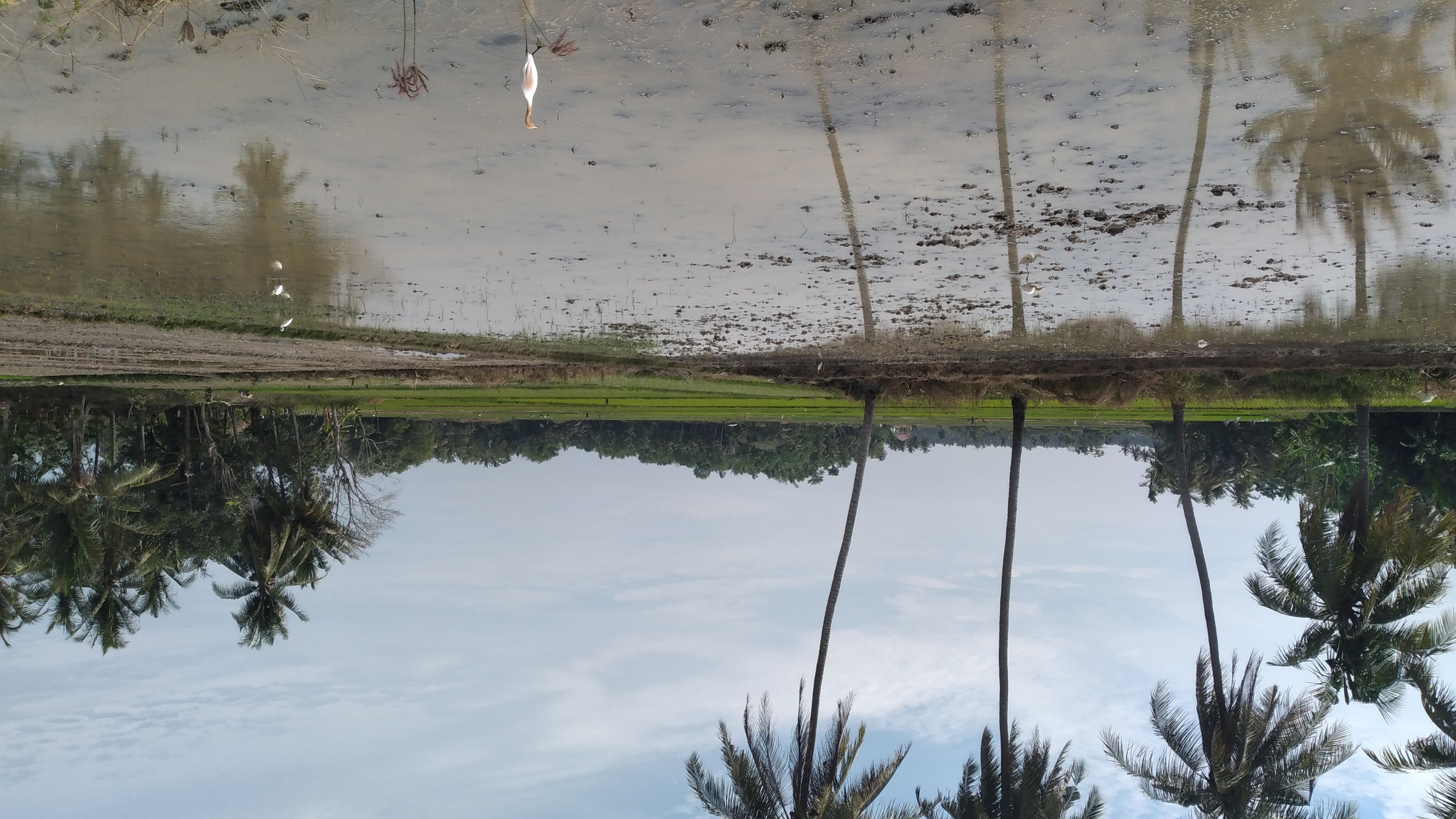
The benefits of piracy are as follows:
Eradicating weeds, because by plowing plants and weed seeds will be buried.
Add organic elements, because green fertilizer from grass will sink and mix with the soil.
Reduce the growth of pests and diseases.
After plowing, the land must be flooded immediately, to speed up the decomposition of plant remains and avoid loss of nitrogen as well as soften the soil chunks caused by plowing. Flooding was carried out for approximately a week.
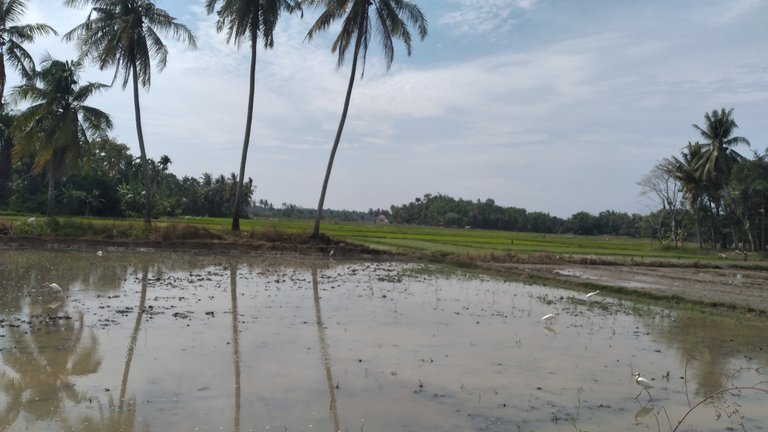
Before harrowing begins, the water in the plot is first removed, leaving a little to wet the chunks of soil. During harrowing, the water intake and drainage channels must be closed, to ensure that the remaining water does not run out of the plot. By harrowing the soil lengthwise and crosswise, chunks of soil can be destroyed. With repeated raking:
Downward water infiltration is reduced
The ground becomes flat
Planting seeds is easy
The existing grass will sink
After the first harrowing, the rice fields are flooded again for 7-10 days
